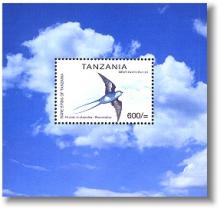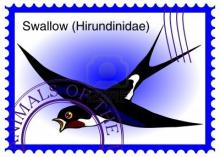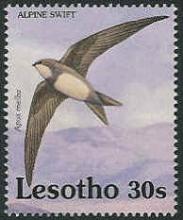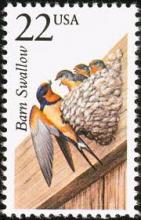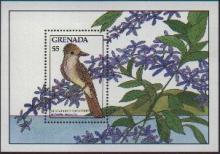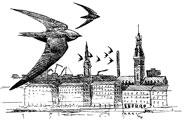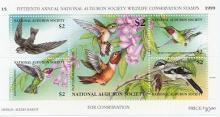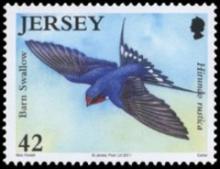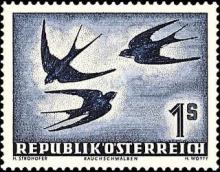Long-term Population Decline is Decimating Aerial Insectivores
Concerned with the dramatic decline of 17 species of birds that nest in Connecticut and eat only insects caught while flying, Connecticut Audubon Society today called for a multi-agency program of research and assessment along with immediate remedies such as cuts in pesticide use and the creation of man-made nesting sites. The recommendations and action plan are contained in the Connecticut State of the Birds 2013 report, “The Seventh Habitat and the Decline of Our Aerial Insectivores.” Released annually since 2006 by Connecticut Audubon Society, Connecticut State of the Birds has become the leading research-based assessment of conservation conditions in the state. The 17 species – known as aerial insectivores because they eat bugs on the wing – include beautiful and well-known birds such as Barn Swallows, Whip-poor-wills, Common Nighthawks, Chimney Swifts, Purple Martins and Tree Swallows. They are suffering from a long-term population decline that, if unchecked, threatens their survival. The report also contains an article about a similar decline in Connecticut’s bat population, which is also entirely reliant on aerial insects.


